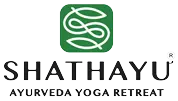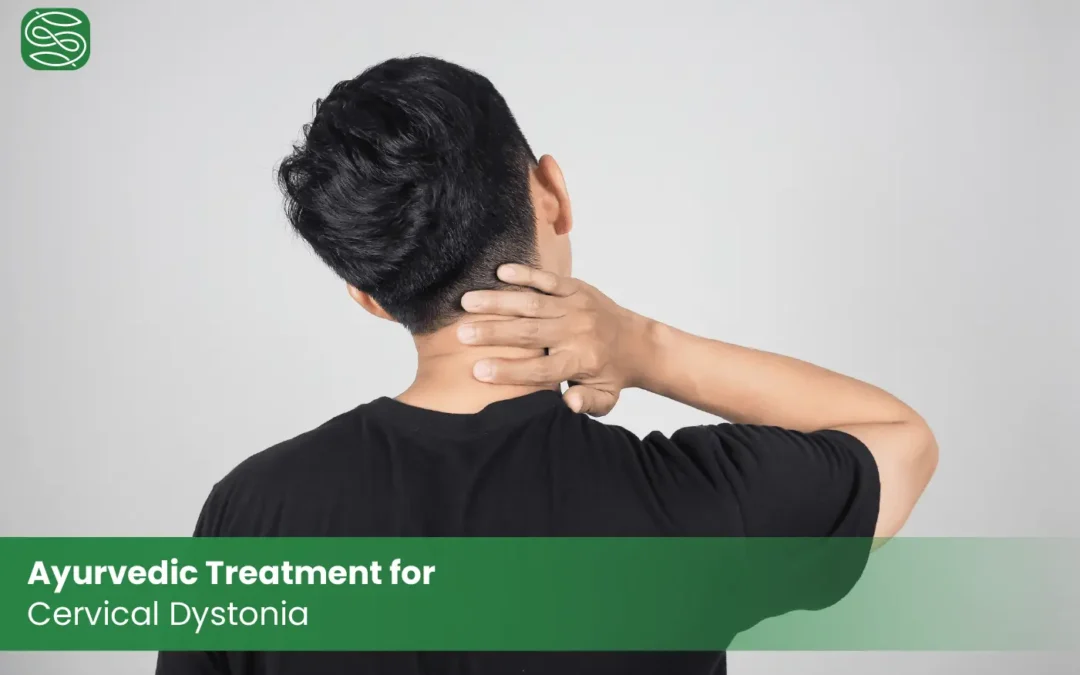Cervical dystonia, also known as spasmodic torticollis, is a painful neurological movement disorder. It is characterized by involuntary muscle contractions in the neck, leading to abnormal head posture and movements, such as twisting or tilting to one side. This condition can cause significant discomfort, stiffness, and difficulty in maintaining normal neck movement. The causes of cervical dystonia can range from genetic factors and nerve dysfunction to injuries or medication side effects.
Symptoms of Cervical Dystonia
Involuntary neck twisting or tilting.
Abnormal head postures like forward (anterocollis), backward (retrocollis), or sideways tilt (laterocollis).
Neck pain or discomfort radiating to the shoulders.
Jerky neck movements or tremors.
Difficulty maintaining stable head positioning.
Causes and Risk Factors
While the exact cause of cervical dystonia remains unknown in most cases, the following are possible contributing factors:
Family History: A genetic predisposition may increase risk.
Trauma: Injuries to the neck, head, or shoulders can trigger the condition.
Age and Gender: It commonly affects women over 30 years old.
Contemporary Treatment Options
Modern treatments include:
Botulinum Toxin Injections: Temporary muscle relaxation, repeated every three months.
Oral Medications: To alleviate symptoms and reduce muscle spasms.
Surgical Intervention: Recommended for chronic, severe cases.
Cervical Dystonia in Ayurveda
In Ayurvedic classics, cervical dystonia correlates to Akshepaka, a condition caused by vitiated Vata dosha. Aggravation of Vata can result from factors such as strenuous activity, improper sleep, irregular eating habits, cold climates, and poor nutrition. This leads to dysfunction in muscles and nerves, causing tremors and involuntary movements.
Ayurvedic Treatments for Cervical Dystonia
Ayurveda focuses on balancing Vata dosha to reduce symptoms and improve quality of life. Specialized therapies include:
- Localized Abhyanga Massage
Warm medicated oils are applied to improve blood circulation, reduce stiffness, and promote mobility in the cervical region.
- Greeva Basti
Retention of warm medicated oil in a circular frame on the neck to nourish muscles and nerves, alleviate pain, and enhance flexibility.
- Patra Pinda Sweda
Herbal poultice fomentation applied to the affected region helps reduce pain, inflammation, and tremors.
- Nasya Therapy
Medicated liquids are administered through the nasal passage, ensuring better absorption of active herbal constituents. This Panchakarma therapy is effective in reducing symptoms and preventing recurrence.
- Shirodhara and Shiropicchu
These therapies involve the application of herbal oils to the forehead and head, calming the nervous system, energizing the cervical region, and improving movement.
- Panchakarma Detoxification
Procedures like Basti (medicated enema) help detoxify the body and restore balance to Vata dosha.
- Herbal Remedies
Ashwagandha: Strengthens muscles and improves nerve function.
Bala (Sida cordifolia): Helps relax muscles and alleviate pain.
Dashamoola: Reduces inflammation and supports recovery.
- Yoga and Pranayama
Customized stretches and breathing exercises strengthen the neck, enhance flexibility, and reduce stress, contributing to long-term relief.
- Diet Recommendations
Include warm, easily digestible foods and herbs like turmeric and ginger.
Avoid cold, dry, and Vata-aggravating foods, such as raw vegetables and fried items.
Why Choose Shathayu Ayurveda Yoga Retreat for Cervical Dystonia?
Shathayu Ayurveda Yoga Retreat is a pioneer in providing authentic Ayurvedic solutions for chronic health conditions, including cervical dystonia. With a combination of classical Ayurvedic therapies, personalized yoga, and a Sattvik diet, Shathayu focuses on holistic healing to reduce symptoms, strengthen the neck, and prevent recurrence. Panchakarma therapies are tailored to individual needs, ensuring long-term benefits for patients.
Restore balance and well-being with Ayurvedic treatment for cervical dystonia at Shathayu Ayurveda Yoga Retreat.

